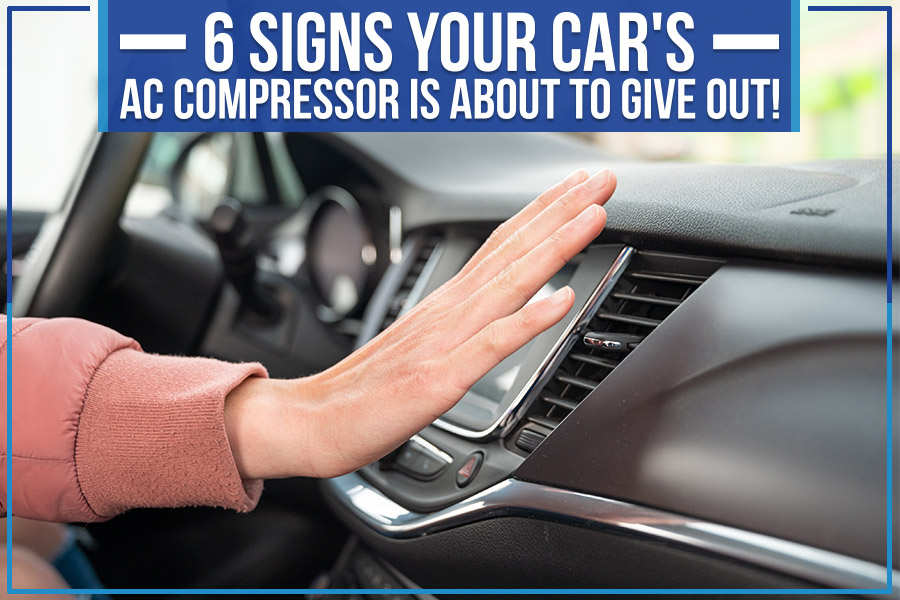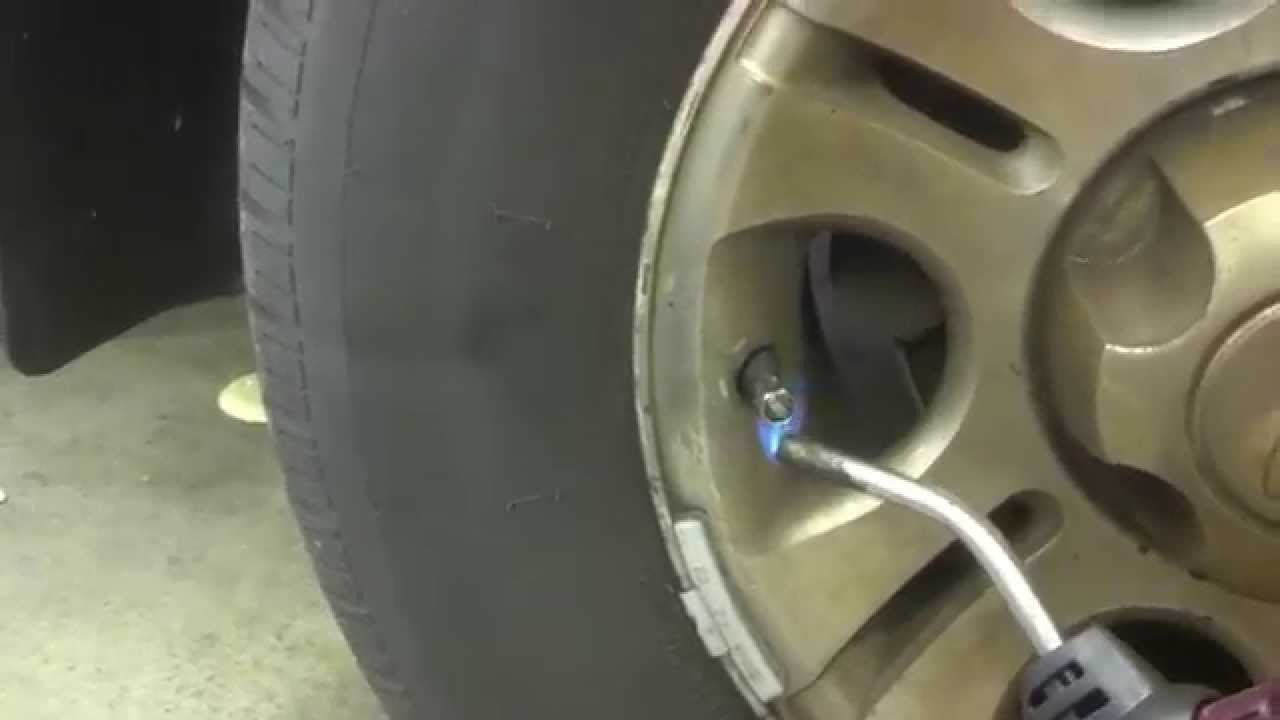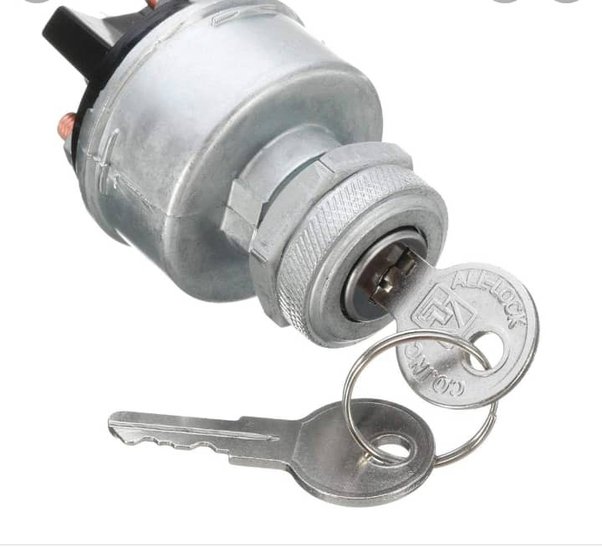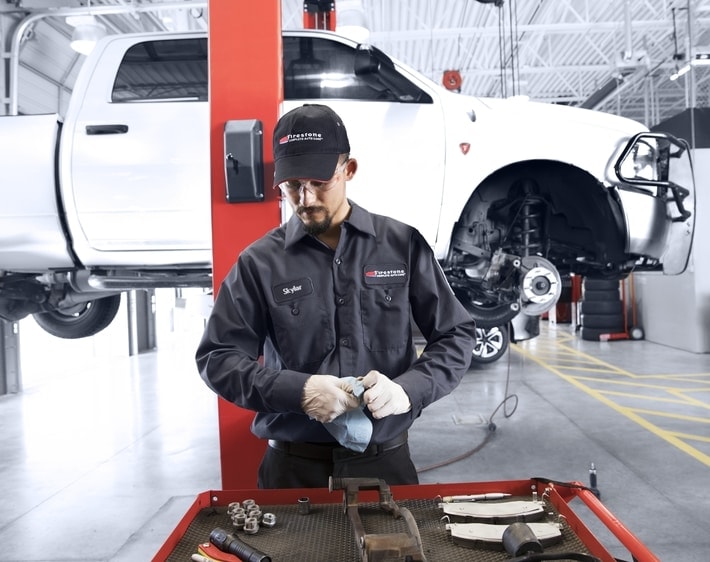Can a Bad Serpentine Belt Cause Acceleration Problems
A bad serpentine belt can indeed lead to acceleration problems. Its slippage or breakage might affect the engine’s performance.
Your vehicle’s serpentine belt is a vital component in the engine’s overall performance and efficiency. This rubber belt transfers power from the engine’s crankshaft to various ancillaries, including the alternator, power steering pump, air conditioning compressor, and sometimes the water pump.
A worn or damaged serpentine belt can compromise these systems, potentially causing a loss of power assist in steering, an inefficient charging system, and problems with engine cooling. In turn, these issues may manifest as acceleration difficulties, as the engine struggles to perform optimally without the assistance of these key systems. Regular inspections can prevent these problems, ensuring that your vehicle remains responsive and reliable when you hit the accelerator.
Signs Of A Failing Serpentine Belt
The serpentine belt is crucial for a smooth ride. It powers major car parts. When it fails, acceleration and performance may drop. To prevent this, spotting a failing serpentine belt early is key. Let’s explore the signs of a faltering serpentine belt.
Unusual Noises Under The Hood
A clear sign of serpentine belt trouble is weird noises from under the hood. A squealing or chirping sound when you start your car or speed up could spell belt issues. It might mean the belt is slipping or not aligned right. Keeping an ear out for these sounds can save you from a breakdown.
Visible Wear And Tear
Take a look at your serpentine belt regularly. Signs of wear like cracks, fraying, or chunks missing mean it’s time for a change. Unusual belt wear can be a clue to other issues too. It’s a good idea to get a professional check.
- Glazing: The belt looks shiny and smooth.
- Peeling: Layers of the belt are coming apart.
- Abrasions: Rough patches from rubbing against something.
Don’t wait if you see these signs. A bad serpentine belt affects your car’s power and can lead to bigger problems. Get it checked to keep your ride smooth and safe.

Credit: www.autotechiq.com
Role Of The Serpentine Belt In Vehicle Performance
The serpentine belt is a critical player under the hood of your car. This long, winding belt transmits power from the engine to many essential accessories. Without it, you’d face numerous performance issues. Let’s dive into how this crucial component can affect your vehicle’s acceleration and efficiency.
Powering Essential Components
Imagine a superhero belt that keeps gadgets ready for action. That’s your serpentine belt! It handles a lot of tasks by operating important parts like the alternator, power steering pump, air conditioning compressor, and sometimes the water pump. Here’s what happens when this belt is in top form:
- Smooth Steering: Helps you turn the wheel with ease.
- Steady Electricity: Keeps battery charged and electronics running.
- Cool Engine and Cabin: Assists in maintaining temperature control.
Impact On Engine Efficiency
A healthy serpentine belt means an efficient engine. But a worn or damaged belt can slip or break. That halts power to essential systems. Your car might feel sluggish and slow to respond. Improved engine efficiency means better acceleration. It’s all connected. With the proper transfer of power, engines breathe easier and perform better. Keep an eye on your serpentine belt to ensure a smooth and responsive driving experience.
Acceleration Issues Linked To Serpentine Belt Problems
Your car’s acceleration performance can be severely impacted by a faulty serpentine belt. This belt powers critical engine components. A worn or damaged belt may lead to acceleration issues that can catch any driver off guard. Understanding these problems is crucial for maintaining your vehicle’s health and performance.
Loss Of Power And Responsiveness
When a serpentine belt is failing, the engine may lose power and responsiveness during acceleration. The belt drives important accessories like the alternator, power steering pump, and air conditioning compressor. A weak belt can cause these systems to perform poorly or fail, affecting overall power.
- Sluggish acceleration: Engine doesn’t speed up as it should.
- Electrical issues: Caused by alternator losing power.
- Steering difficulties: From a faltering power steering pump.
Potential For Misaligned Or Slipping Belt
A misaligned or slipping serpentine belt can contribute to erratic acceleration. Misalignment can be due to worn belt grooves or pulleys. These issues may lead to the belt slipping off the accessory drive pulleys.
| Symptom | Possible Cause |
|---|---|
| Squealing noises | Belt slippage |
| Irregular acceleration | Misaligned pulleys |
| Visible belt wear | Old or damaged belt |
Regular checks and maintenance of the serpentine belt help prevent these issues and ensure reliable vehicle acceleration.
Diagnosing The Culprit Behind Acceleration Woes
When your car hesitates or stumbles during acceleration, it could be a sign of a worn serpentine belt. This small but mighty belt powers vital components of your car. Let’s dive into how you can spot belt issues. We will explore the belt system and look for other damages. A thorough inspection will pinpoint the acceleration problems.
Inspection Of The Belt System
Begin with a visual check. Look for cracks, fraying, or glazing on the belt. Listen for squeaking sounds when the engine runs. These signs suggest the belt may be the culprit. Check the tension. A loose belt might not drive the pulleys effectively. Use a belt tensioner tool if available. A professional mechanic can perform this if needed.- Visual appearance – search for obvious damage.
- Tension and alignment – ensure proper tightness and pulley alignment.
- Pulley condition – inspect pulleys for wear and tear.
Identifying Ancillary Damages
A failing serpentine belt can harm other parts of the car. Check the alternator, power steering, and AC compressor.
| Component | Check For | Signs of Trouble |
|---|---|---|
| Alternator | Charging issues | Battery light on dashboard |
| Power Steering | Steering effort | Heavy or unresponsive steering |
| AC Compressor | AC performance | Warm air or strange noises |
Address problems timely to avoid more damage. A well-maintained serpentine belt ensures a smoother ride.
Serpentine Belt Maintenance And Replacement
The serpentine belt is a vital component in your vehicle. It powers various accessories like the alternator, power steering pump, and air conditioning. A faulty belt can lead to acceleration troubles. Keeping it in good shape is crucial. Let’s dive into how you can ensure your serpentine belt stays functional and when to replace it.
Check your serpentine belt regularly to catch issues early on. Here’s a simple checklist:
- Look for cracks, fraying, or splits on the belt’s surface
- Inspect for signs of glazing, which makes the belt appear shiny
- Ensure the belt has the right amount of tension; it shouldn’t be too loose or too tight
- Listen for squealing noises when the vehicle starts or while turning, which suggests belt slippage
Make these checks part of your routine vehicle maintenance every 6 months or after 6,000 miles, whichever comes first.
Selecting a top-quality replacement for your serpentine belt is crucial. Follow these tips:
- Opt for a belt from a reputable manufacturer to ensure longevity and reliability
- Match the new belt to your car’s make and model for a snug fit
- Consider a belt with a ribbed design for better grip and less slippage
- Ensure the new belt meets or exceeds OEM specifications
Remember to replace the serpentine belt every 60,000 to 100,000 miles, depending on your vehicle’s specific needs.

Credit: www.youtube.com
The Ripple Effect Of A Broken Serpentine Belt
Your car’s serpentine belt is a vital component hidden under the hood. This unassuming part keeps everything running smoothly, from your alternator to your power steering pump. But what happens when it breaks? The effects can ripple out, starting with acceleration problems and possibly leading to further damages.
Secondary Damages To Consider
When a serpentine belt snaps, the damage doesn’t stop at acceleration issues. Consider these points:
- Loss of power steering can make handling your car much harder.
- Overheating may occur if the water pump stops, leaving your car at risk of engine damage.
- Battery depletion, as the alternator can’t charge it, may leave you stranded.
- Air conditioning could fail, affecting your comfort and visibility if windows fog up.
Emergency Scenarios And Safety
A serpentine belt failure is not just inconvenient; it can be a safety hazard. Immediate action is critical. Here are scenarios to prepare for:
| Issue | Actions | Risks |
|---|---|---|
| Steering Difficulty | Pull over safely; call for assistance. | Potential for loss of vehicle control. |
| Battery Light On | Limit power usage; head to a service station. | Car might stop running unexpectedly. |
| Engine Overheating | Stop driving; let the engine cool down. | Continued driving could result in engine failure. |
| AC System Fails | Open windows to avoid window fogging. | Reduced visibility if windows fog up. |

Credit: www.autotechiq.com
Frequently Asked Questions For Can A Bad Serpentine Belt Cause Acceleration Problems
Can A Worn Serpentine Belt Affect Car Acceleration?
A damaged or worn serpentine belt can indeed impact car acceleration. The belt drives essential components like the alternator and power steering pump. If it slips or fails, these systems may underperform, causing noticeable loss of power and poor acceleration.
What Are Signs Of A Failing Serpentine Belt?
Common signs include squealing noises, visible belt wear or fraying, and system failures such as overheating or loss of power steering. If the belt snaps, your vehicle might also experience a sudden loss of acceleration.
How Often Should A Serpentine Belt Be Replaced?
Typically, a serpentine belt should be replaced every 50,000 to 100,000 miles. However, always check your vehicle’s owner manual or consult with a mechanic for the specific recommended interval for your car model.
Does Serpentine Belt Condition Impact Fuel Efficiency?
Yes, a failing serpentine belt can reduce fuel efficiency. If it can’t maintain proper tension, connected components won’t operate optimally, forcing the engine to work harder and, as a result, consume more fuel.
Conclusion
A worn serpentine belt can indeed disrupt your car’s acceleration. Regular inspections prevent such issues and ensure smooth vehicle operation. Address belt concerns promptly to maintain optimal performance. Remember, timely maintenance is key for a healthy, reliable ride. Don’t let belt woes slow you down—stay proactive.





